Bardzo lekki a przy tym wytrzymały: skrzydła NOVA w kategorii wagowej light są lekkie jak piórko a mimo to wystarczająco mocne by sprostać wymagającym warunkom w górach. Profil wykonany jest z bardzo wytrzymałego materiału, który w przeciwieństwie do ultralekkiej tkaniny nie deformuje się. Dzięki temu gwarantujemy stałe właściwości lotne skrzydła.
Wydłużenie nie jest jedynym, ale jednak bardzo znaczącym parametrem wpływającym na bezpieczeństwo pasywne. Większe wydłużenie zwiększa tendencje skrzydła do krawacenia, skraca z reguły drogi sterowania i czyni skrzydło bardziej wymagającym. Nova dysponuje narzędziami analitycznymi, które umożliwiają konstruowanie bardzo wydajnych skrzydeł z niskim lub umiarkowanym wydłużeniem.
Koncepcja trzyrzędowej paralotni a także zredukowanej długości linek umożliwia konstruowanie skrzydeł o bardzo dobrych osiągach i wysokim bezpieczeństwie pasywnym. Taki schemat olinowania zapewnia paralotni dużą odporność na podwinięcia, jeśli jednak już dojdzie do deformacji, to z reguły na bardzo małej powierzchni. Dzięki temu poprawione zostało zachowanie skrzydła w ekstremalnych stanach lotu.
Wszystkie paralotnie NOVA są bardzo poręczne. Skrzydła możemy składać komorami, ale nie jest to koniecznością. Dzięki naszemu wieloletniemu doświadczeniu w wykorzystaniu technologii z użyciem żyłek usztywniających wiemy, że sposób składania skrzydła ma znikomy wpływ na jego trwałość. Zgięte usztywnienia bardzo szybko wracają do swojego pierwotnego kształtu.
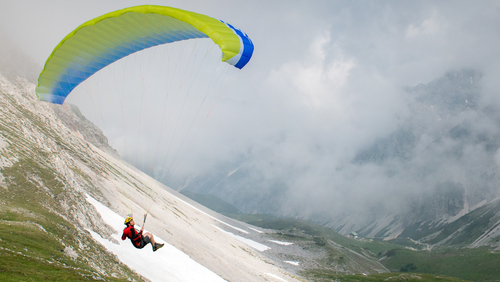
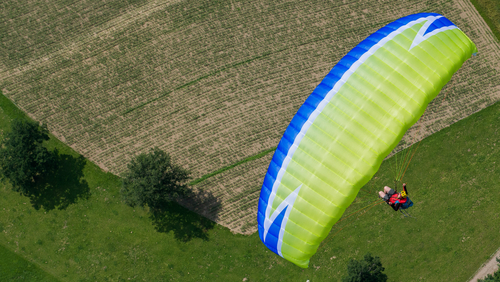
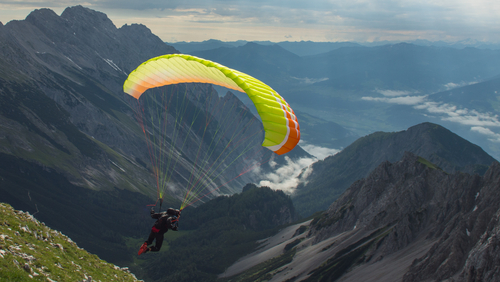
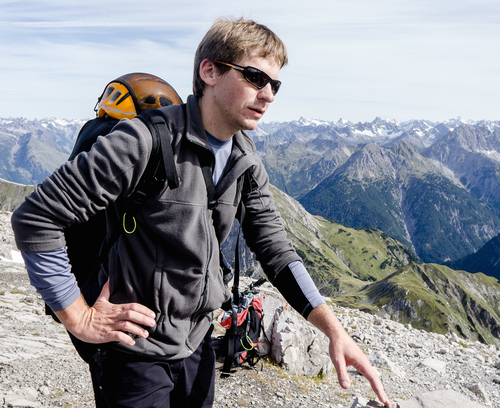
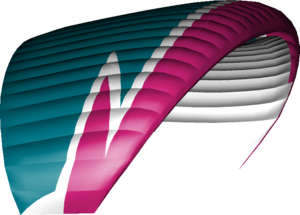 Blue Lagoon
Blue Lagoon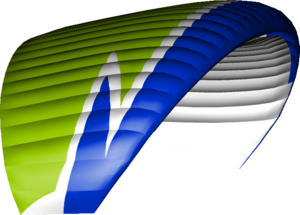 Green Wave
Green Wave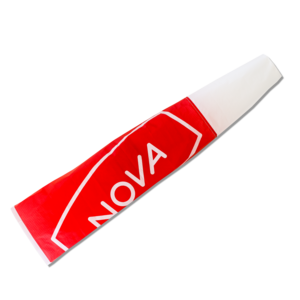 NOVA windsock.
NOVA windsock.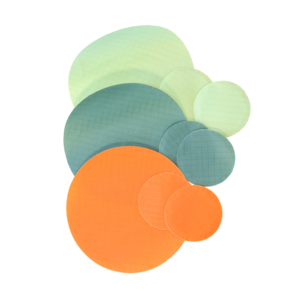 Repair kit.
Repair kit.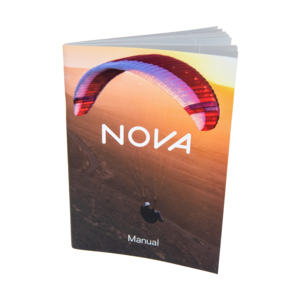 Manual.
Manual.